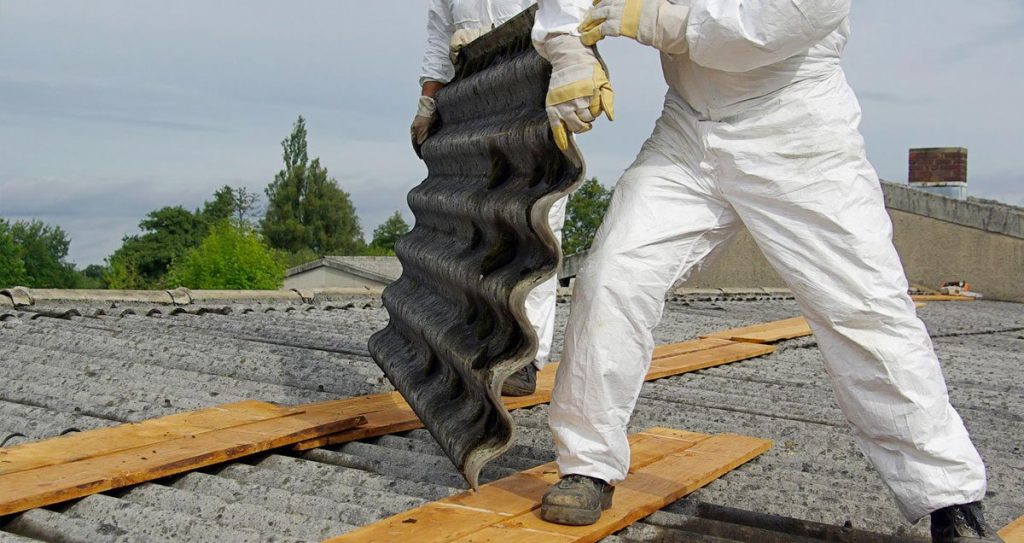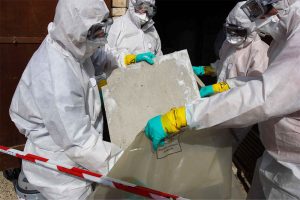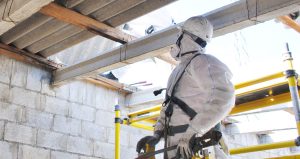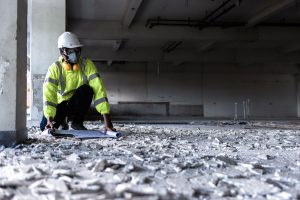Avanti Can Help With Asbestos Exposure in the Home
Most people nowadays know all about the dangers of long-term exposure to asbestos fibres, but prior to the 1980s asbestos was still being used in the UK as a key component in house building. Its most common uses were:
- Thermal Insulation of Pipes and Boilers – this was banned in 1986 but can still be found in public buildings, including system-built flats, during the period 1960-76.
- Asbestos Cement – this was the most popular use of asbestos up until 1976. The material was incorporated into roofing, wall-cladding, bath panels, roofing tiles and slates, soffit boards and partitions.
- Asbestos Coating – used mostly in system-built flats during 1960s. The coating was applied mainly around service ducts and lift shafts. Most of this type of asbestos has now been removed.
- Insulating Board – widely used in the 60s and 70s because of its fire-resistant properties, as well as its sound and heat insulation. This could be found in ceiling tiles, wall lining, ducts and infill.
The Dangers of Asbestos Exposure in the Home
Asbestos becomes dangerous only when it is disturbed, allowing the microscopic fibres of which it is made up to become airborne. If breathed in over an extended period of time these fibres lodge in the lungs and can be a significant factor in the development of lung disease and mesothelioma, a cancer that develops in the linings of the lungs.
Awareness of Asbestos in the Home
If your home was built before the 1970s it is likely that asbestos materials were used in its construction. This does not necessarily mean that you are at risk, though. ‘Inert’ asbestos will do you no harm so long as it isn’t disturbed, or damaged. The most common ways that asbestos gets disturbed is as a result of DIY, refurbishment, or the unchecked use of power tools.
Managing Asbestos Exposure in the Home
Awareness that your home may contain asbestos is key. You shouldn’t try to repair asbestos materials yourself; the correct approach would be to seek advice from your local environmental health officer. If you are planning a project in which you think asbestos might be disturbed, you should seek advice from your environmental officer, and inform any third parties who may be involved, such as builders or contractors, of your concerns.
Asbestos Removals in the Home
Avanti is a licensed asbestos removals contractor with teams of highly skilled asbestos experts who will be able to manage the process of domestic asbestos clearance from beginning to end:
Survey – undertaken by one of our partner consultancies – to determine the presence and extent of any suspect Asbestos Containing Materials (ACMs) in your home.
Removals – completed, where necessary, by our specialist team maintaining the highest levels of health and safety at all stages of the process.
Four-Stage Clearance – before allowing people back in their homes, post asbestos clearance, it’s necessary to carry out air monitoring, and compliance checks prior to sign-off.
What To Do If You’re Worried
It’s worth remembering that in the majority of cases domestic asbestos is not a risk, but if you are concerned that you may have exposed or damaged asbestos in you home you should contact either your local Environmental Officer, or call the Avanti Team for expert advice and guidance on next steps.



